Journalist and writer Phong Nguyen introduces the book "Sacred Land". |
It is his dual identity - both a professional journalist and a native of Agarwood - that creates a unique and convincing tone for the work. If a reporter can provide accurate facts, and a local can convey sincere emotions, Phong Nguyen combines both: he uses his journalistic skills to build a solid structure for the article, but lets the emotions flow from his deep love for his homeland. When writing about the soldiers of Gac Ma, he makes readers believe in the truth, but at the same time, he is moved by the realization that behind the words is a heart that shares that loss. It is this combination that elevates "Sacred Land" from a collection of memoirs and essays to a cultural and historical document rich in depth and spiritual weight.
Phong Nguyen's writing style: The intersection between political journalism and lyrical literature
Poet Huu Viet, in his "Book Introduction", makes a precise assessment of Phong Nguyen's writing style, that he "intentionally used the ability of literature to transcend the framework of journalistic writing style" (p. 2). This is the key to decoding the appeal of "Sacred Land". The work is a typical example of the smooth interplay between the "realism" of political journalism and the "poetic" and "literary" lyrical qualities.
The “realism” of journalism in “Sacred Land” is clearly demonstrated through the author's use of a system of facts, figures and authentic evidence to create a solid information framework, increasing the weight of the argument and the reliability of each article. Important historical events such as the Gac Ma naval battle on March 14, 1988 (p. 72), the 2006 APEC Conference held in Nha Trang (p. 131), or the Vietnam Navy receiving the first pair of Kilo submarines (p. 27) are all recorded with full timelines and specific contexts. In addition, there are powerful evocative numbers: 2,200 billion VND in budget revenue from oil transit activities in Van Phong, planning 150,000 hectares of land for this economic zone (p. 47–48), or the number of 64 soldiers who died in the Gac Ma battle (p. 81). Not stopping there, the authenticity of the work is also enhanced through direct quotes - from Prime Minister Nguyen Tan Dung's speech on the self-defense strategy (pp. 23-24), to the choked voice of a Gac Ma veteran or the pain of Raglai artisan Mau Xuan Diep (p. 43). However, if it only had that framework, the work would be just a dry file. The "poetic" and "literary" qualities have breathed life into those facts, stirring emotions and carving haunting images into the reader's mind. Phong Nguyen deserves to be a master in the use of metaphors and symbols. Van Phong Bay is not only an economic location but a "sleeping princess" waiting to be awakened. Truong Sa is not only an archipelago but a "sacred drop of blood" of the Fatherland. The Gac Ma soldiers not only sacrificed but also created an "immortal circle". His language is rich in imagery and rhythm, capable of creating space and emotion: "Every afternoon, Mao Du island proudly covers the sun, then covers Binh Ba with a thick black night" or the sound of the train whistle commemorating the martyrs "sounds sacred like an oath. Deep. And proud" (p. 80). More importantly, the author often lets his personal thoughts flow, going beyond the role of a mere messenger to become a contemplative, pondering about the fate of the land, the decline of culture or the problems of sustainable development.
The smooth combination of journalistic and literary styles in “Sacred Land” has created a unique artistic effect, contributing to enhancing the value of each article. In the article “ Peace cannot be achieved by just wishing or wishing”, journalistic elements such as the technical specifications of the Kilo 636 submarine, the time of handover, and the leader's statements are used as authentic data, forming the basis for the argument. On that basis, the author incorporates images such as “black hole in the ocean”, “Thanh Giong bamboo tree”, and the emotions of the people, thereby transforming a military event into a symbol of national strength, awakening symbolic faith and arousing pride. Similarly, the article “Immortal Circle Message” skillfully combines historical figures such as 64 martyrs sacrificed, the names of ships in the Gac Ma battle on March 14, 1988 with literary images such as the “immortal circle”, the blood-soaked flag, and the emotional personal stories of the martyrs' relatives. Thanks to that, the sacrifice is sanctified, turning loss into an immortal spiritual heritage. In the article “Van Phong Premonition”, the figures on budget, planning and capital investment – seemingly dry – come alive through the metaphor of “the sleeping princess” and the bustling premonitions about the future, evoking a developing vision full of expectations and emotions. In the song “Oh, Chapi…”, the figures about the current state of cultural preservation, the indifference of young people and the situation of artisan Mau Xuan Diep are elevated by the lyrical tone, especially through the image of “the sound of bamboo; the sound of the sacred ancestors” - a metaphor imbued with sadness, expressing the loneliness and anxiety of the artisan amid the fading flow of traditional culture. It is the blend of realistic materials and artistic emotions that makes “Sacred Land” go beyond the framework of a conventional current affairs memoir, to become a work with deep social and humanistic depth.
"Sacred Blood": Truong Sa and the Immortal Echo of Sovereignty
If “Sacred Land” is a living body, then the series of articles about Truong Sa is the spine, the place where the spirit of the entire work converges and is most intensely and tragically expressed. Articles such as “Sacred Blood Drop”, “Immortal Circle Message”, and the penultimate article “Truong Sa Wish” form a solid block of thought, the center where the concept of “Sacred Land” is defined by blood, tears and iron will.
Truong Sa in Phong Nguyen's writing is first and foremost a symbol of sacrifice. The image of the "Immortal Circle" at Gac Ma was raised to a philosophical level by the author. It was not only a courageous act of fighting, but also a deeply symbolic act of solidarity, of using one's own body as a rampart, turning the finite death of an individual into the eternal life of the Fatherland. The detail of Hero Tran Van Phuong, even though his heart had stopped beating, still tightly holding the national flag soaked in his own blood, along with the immortal words: "This is Vietnam's land, you cannot touch it!" (p. 72), completely condensed the spirit of sacrifice for sacred sovereignty.
Besides sacrifice, Truong Sa is also a symbol of presence and longevity. The author not only focuses on the military aspect, but also builds a system of cultural and historical symbols. The image of the "curved temple roof" in the middle of the vast sea and sky is not simply a religious establishment, but a cultural landmark, an image of the Vietnamese countryside, an affirmation of the long-standing spiritual and cultural presence of the Vietnamese people on this archipelago (p. 141; 268). The hundreds of years old Phong Ba, Storm, and Mu U trees are recognized as heritage trees, resiliently withstanding storms, becoming symbols of the indomitable will of the island soldiers. Along with that, the sovereignty steles covered with moss since 1956 are undeniable legal and historical evidence, the silent but resolute voice of our ancestors (p. 143).
That sacred flow does not stop in the past but continues strongly in the present. The story of Captain Tran Thi Thuy, daughter of martyr Tran Van Phuong, who sacrificed herself when she was still a fetus, and now follows in her father's footsteps to work at Brigade 146, is a vivid and touching to the continuity of ideals from generation to generation. The ritual of shouting and responding "Truong Sa for the Fatherland! - The Fatherland for Truong Sa!" every time a ship leaves the dock is not just a slogan, but has become an oath, an invisible thread connecting the mainland and the distant islands, connecting the past, present and future in a unified will (p. 146).
From those sacred emotions, the author moves to a sharp political argument in the article "Peace cannot be achieved by mere desire or wish...". He does not advocate war, but dialectically affirms that peace must be protected by self-defense power. Vietnam's possession of "black holes in the ocean" - Kilo 636 class submarines - is not just a step forward in military equipment. It is a declaration of autonomy, self-reliance, a strategic deterrent action to "protect peace and national sovereignty". This shows a mature defense mindset: power is not for aggression, but for proactively preserving peace.
When reading the articles about Truong Sa, a panoramic picture of sovereignty emerges. The author has implicitly created a multidimensional concept of sovereignty. That sovereignty is established by legal evidence (sovereignty steel), protected by physical and military force (soldiers, submarines), and nurtured by spiritual and cultural depth (temple roofs, heritage trees, stories of sacrifice). These three dimensions resonate and are closely intertwined. Sovereignty will not be sustainable if it only relies on legal evidence but lacks the strength to protect it. It will also become lifeless if it lacks the cultural soul and sacred sacrifice to create the "soul of the land". This is the most profound and comprehensive message that the series of articles about Truong Sa brings. Here I would like to quote the sincere and emotional tone, when the author deeply portrays the sacred feeling about the two words sovereignty when writing about Truong Sa - the land of the Fatherland's forefront: "I have been to Truong Sa many times. And suddenly I see that Truong Sa is a very strange land. Each person who comes; each time they come, they all carry within themselves a very different mark and emotion. However, perhaps, they all come from the same source: coming to the front line of Mother Vietnam's sea, the sacred land of the Fatherland. Sacred, because every inch of land, every fathom of sea here crystallizes so many cultural and historical values; soaked in so much sweat and blood of our nation. And, because of that, many people who come to Truong Sa say that only by standing in the middle of Truong Sa's sky and sea can one truly feel the two words sovereignty. (p. 268).
Soul of the Land, Love of People: Portrait of the Culture and People of the Land of Agarwood
If Truong Sa is a "sacred land" defined by noble ideals and tragic sacrifices, then Khanh Hoa mainland is where that sacredness permeates every aspect of daily life, culture and the qualities of ordinary working people.
Nha Trang - From simple "drinking" to concerns about current events
Phong Nguyen has portrayed a unique cultural feature of Nha Trang through the article "Nha Trang... lai rai". The "hybrid" culture is not just about eating and drinking, but also a "playground" for community bonding, a space to relax after stressful working hours. The author not only describes rustic dishes such as grilled oysters that retain the "salty smell of the ocean" or grilled perch with "a strong smell of straw and fields", but also introduces a series of typical dishes of Nha Trang - Khanh Hoa's culinary restaurants, and more importantly, he captures the "soul" of this cultural space: relaxation, nostalgia, harmony with nature in small windy riverside (pp. 60-62).
However, that simplicity and tranquility were shattered by the events of the times. The author uses the Covid-19 pandemic as a harsh "test", exposing the fragility of an economic structure that is too dependent on tourism. He recorded haunting images: tourism "hibernating", deserted streets, luxury hotels "quietly changing hands and owners" (p. 12). This shock forced Khanh Hoa to "worry more about the economic structure of services, tourism - industry - agriculture" (p. 13). Here, Phong Nguyen's pen has clearly transformed from a lyrical, prose writer to a sharp socio-economic analyst, showing the sensitivity of a journalist to the major issues of his homeland.
Silent Echoes: Raglai Cultural Identity and Chapi's Sorrow
One of the most haunting and haunting articles in “Sacred Land” is “Oh, Chapi…”. The author has painted a complete portrait of the Raglai people: steadfast, fierce in battle, turning the valley into a “valley of death” for the enemy, but also full of inferiority complex in the poor past. The soul of Raglai culture is entrusted to the Chapi instrument. It is not just a musical instrument made from bamboo tubes, but “the sound of bamboo; the sound of the sacred ancestors, of the sacred forest”, the voice of the heart of an entire nation (p. 38). At the center of that feeling is the image of artisan Mau Xuan Diep, “the last keeper of the fire”, the only person who can still make and play all the Chapi melodies. His sadness when the young Raglai generation is indifferent to the heritage of their ancestors, only interested in “pop music”, is the tragedy of the cultural breakdown in the process of modernization. The author does not criticize or blame, but points out a cruel rule: when economic life changes and spiritual values are not properly cared for and nurtured, they will gradually fade and disappear. The sadness of the Chapi, therefore, is not only the story of the Raglai people in Khanh Son, but a universal metaphor for the risk of losing the heritage of many other ethnic minorities in Vietnam.
Life from the soil
Besides the feelings, “Sacred Land” is also an epic praising the strong vitality of the workers. They are the Dang Ha ethnic group in Xuan Dung, who from a life of isolation and poverty have risen to change their fate thanks to the help of the community and the government (p. 28). They are the farmers in Ninh Van, Khanh Son, with their industrious and hard-working qualities, who have turned rocks into fragrant garlic gardens, or who have persistently pursued durian trees to get rich on their homeland (p. 28-37).
Whether they are fishermen clinging to the sea, mysterious Dang Ha people, or Raglai farmers, they all share the same noble qualities: diligence, resilience, will to rise up, and a love and attachment to the land that has nurtured them. They do not speak lofty words, but it is their sweat, strength, and perseverance that have made the "land" truly "sacred", nurturing the richness and vitality of their homeland.
"Sleeping Princess": Aspiration for development and the problem of sustainability
The desire for development is a strong current throughout the work, expressed through the image of Van Phong Bay and the concerns surrounding the agarwood tree. In "Premonition of Van Phong", the author paints a promising vision of a "sleeping princess" about to be awakened (p. 49). With the potential to become an international container transit port, a large-scale marine economic center, Van Phong is a symbol of Khanh Hoa's dream of reaching out to the sea. The author presents impressive figures on revenue and planning to prove that potential. However, the two words "Premonition" in the title show that this is still an uncertain future, a great aspiration always accompanied by no small challenges.
Those challenges are deeply illuminated through the case study of agarwood in the article "Agarwood Fragrance Far Away" (p. 83). This article can be seen as a powerful metaphor for the development direction of not only Khanh Hoa but also Vietnam. The core contradiction lies in the fact that agarwood is a product of enormous economic value, a "black gold" of the mountains and forests, but to obtain it, patience and vision are needed in tens, even hundreds of years. The Aquilaria tree must suffer damage, must accumulate its essence over a long period of time to crystallize into agarwood. The harsh reality that Phong Nguyen points out is the contradiction between that requirement and the "quick fix" and short-term mentality. Many people, due to immediate economic pressure, have hastily cut down Aquilaria trees when the agarwood is still young and has no value, leading to failure and a decrease in the planting area (p. 88). When placing the story of the Aquilaria tree next to the big dream of the Van Phong Economic Zone, a project that requires a decade-long strategic vision, the author is implicitly posing a troubling question: If we fail with a tree because of impatience, how can we succeed with an entire economic zone that requires perseverance and a much greater vision? The deeper implication is a warning. "Agarwood" is not only a material scent, but also the "scent" of time, of accumulation, of sustainable values. The fact that people "give up" on the Aquilaria tree is a symptom of a larger "disease" in developmental thinking. The author fears that the "princess" of Van Phong may never fully awaken if the problem of patience and long-term strategic vision is not thoroughly resolved.
In conclusion - "Sacred Land" is not just a land
Phong Nguyen's "Sacred Land" is not only a collection of current affairs essays about Khanh Hoa, but also a work rich in meaning, marking the success in blending political journalism and lyrical literary tone. With a sharp yet emotional writing style, the work paints a vivid portrait of a locality that is rising amid the great movements of the country - where every inch of land and sea is imbued with the mark of history, culture and aspirations for development. The power of "Sacred Land" lies in its ability to awaken the emotions and awareness of the reader. Not endlessly praising or chasing after empty beautiful words, the work touches the heart with truth, with everyday but profound details, telling numbers, and the writer's lingering feelings. Phong Nguyen does not just tell stories - he suggests, questions and moves, making the reader not only understand but also worry, not only sympathize but also accept their responsibility for their homeland and country.
Reading “Sacred Land” is to join the author on a journey to recognize the Fatherland from the most simple things: the salty taste of the ocean in a grilled oyster, the undulating sound of the Chapi instrument in the mountains and forests of the Raglai people in Khanh Son, or the proud posture of the banyan tree in the midst of storms and storms… From these images, patriotism is no longer a slogan, but becomes a vivid, authentic and lasting emotion - tempered through many sacrifices, preservation and blood. “Sacred Land”, therefore, is not only the name of a land, but also a reminder of the unchanging values that need to be cherished: sovereignty, heritage, identity and future. The work ends not with a full stop, but with a deep silence - for each reader to question, recognize and act on their own…
NGUYEN CANH CHUONG
Source: https://baokhanhhoa.vn/van-hoa/202507/dat-thieng-cua-phong-nguyen-hanh-trinh-giai-ma-hon-datva-tieng-vong-chu-quyen-3477da6/


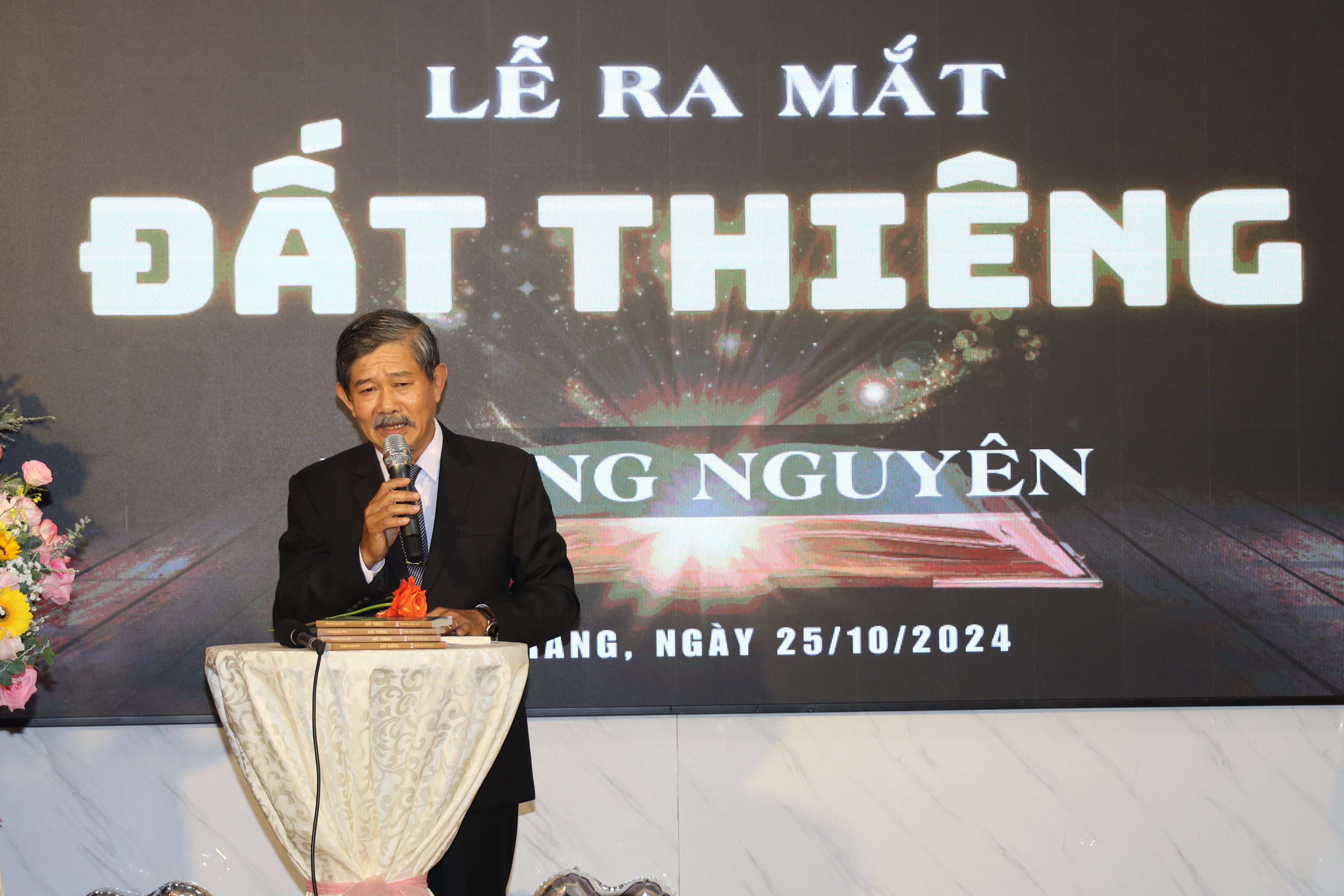
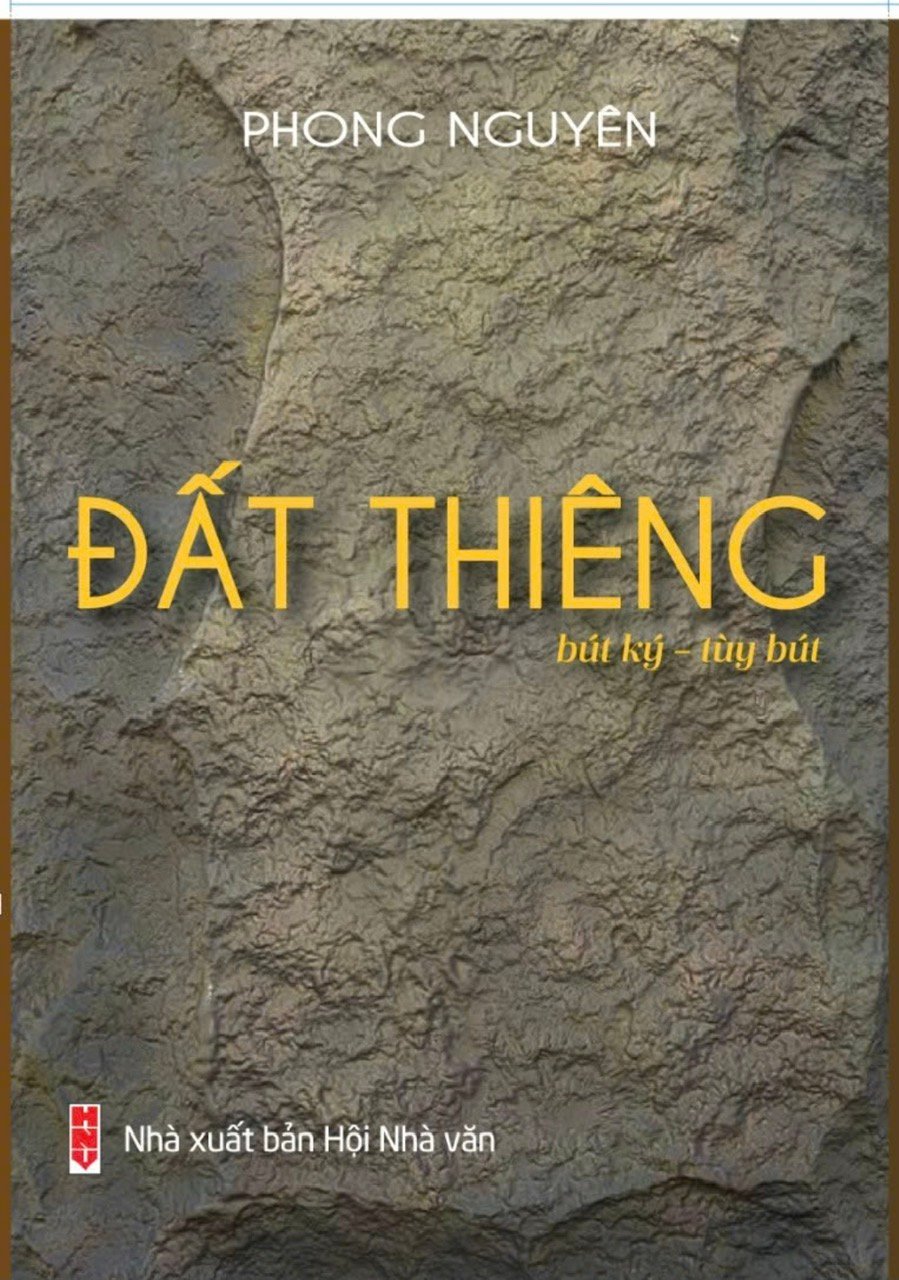
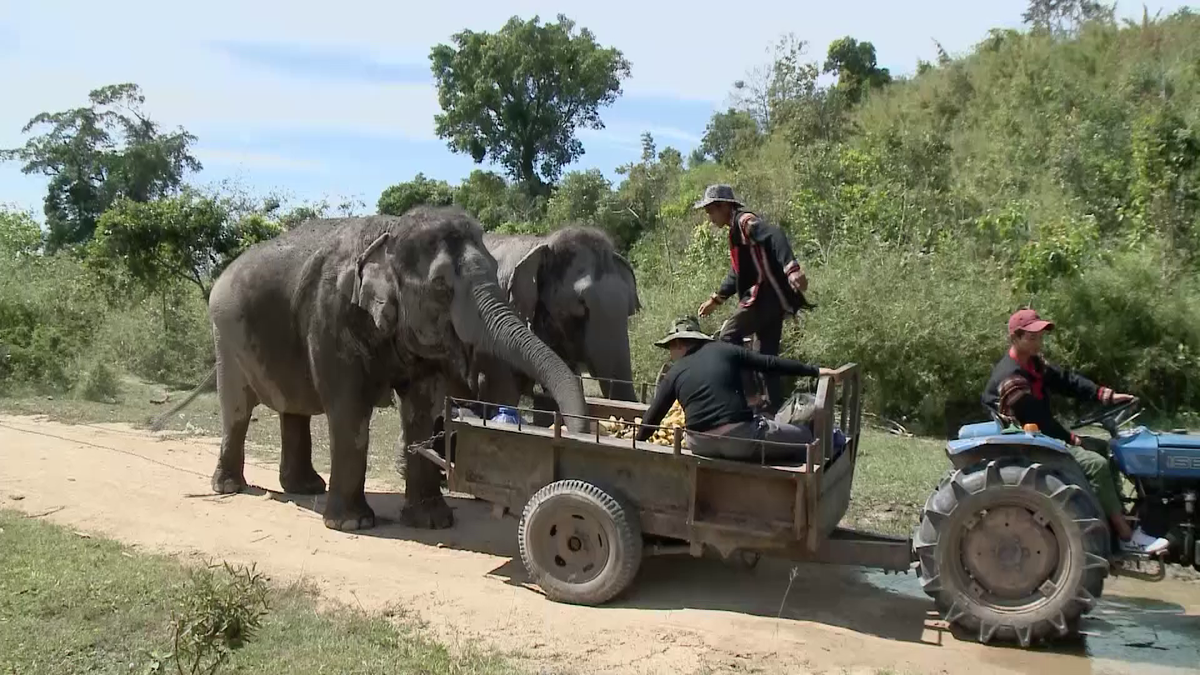





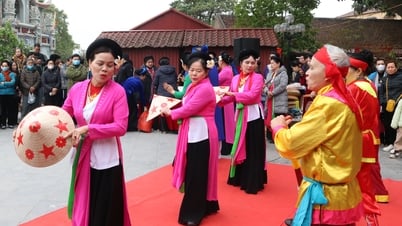

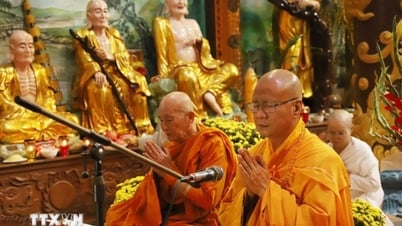

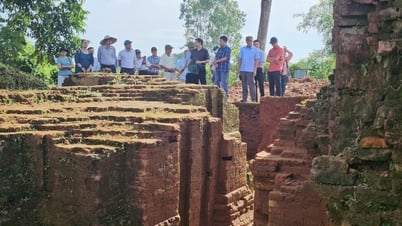

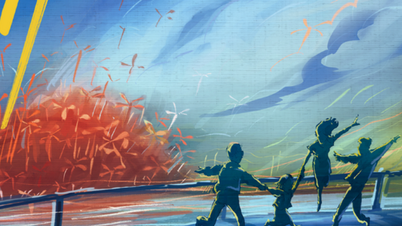

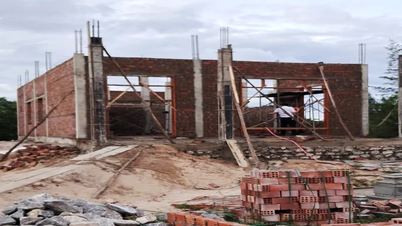

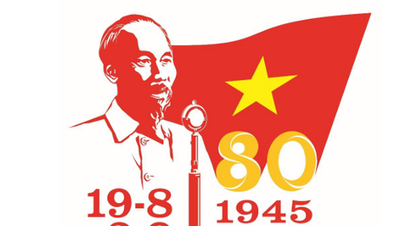




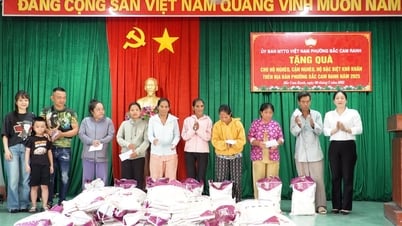
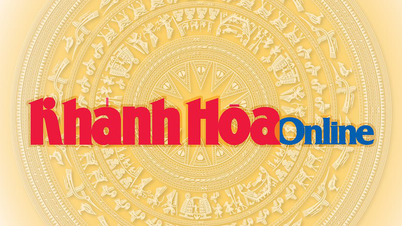
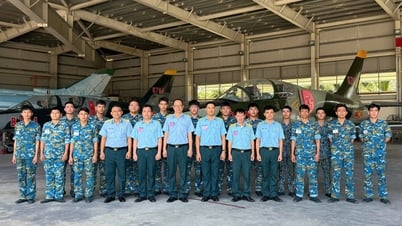
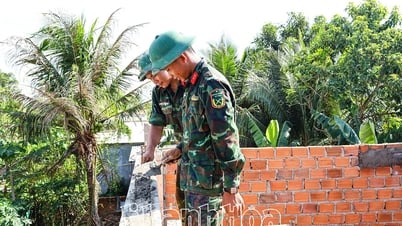

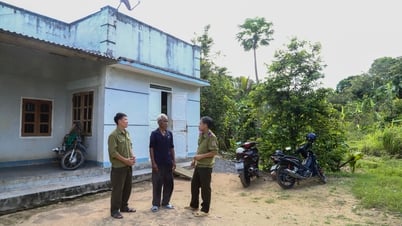







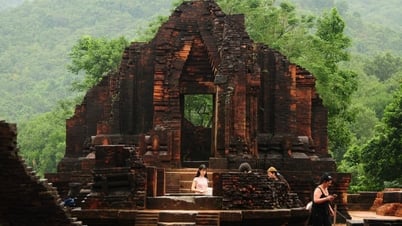
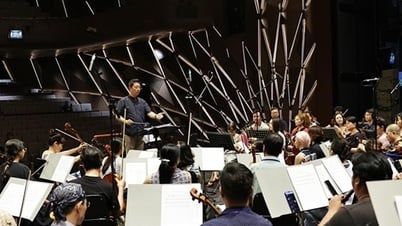

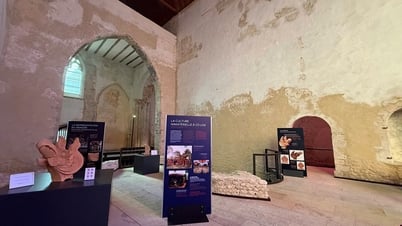










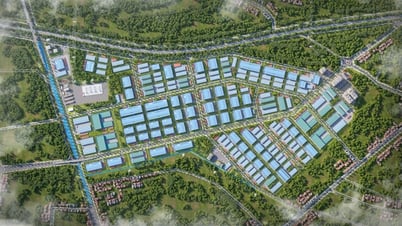







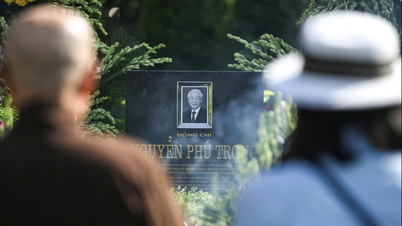

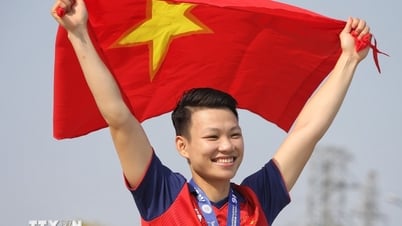

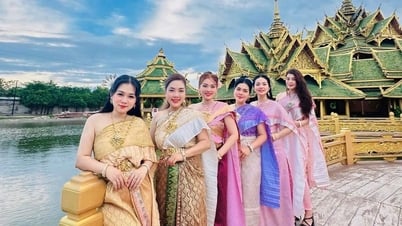
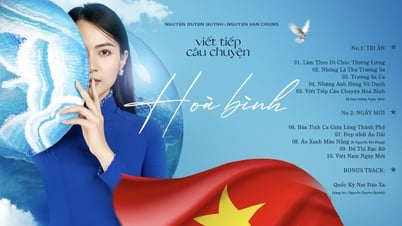


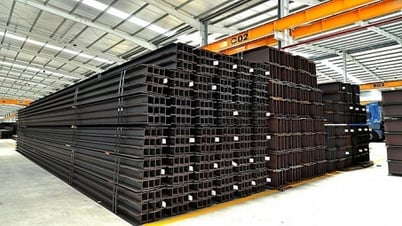

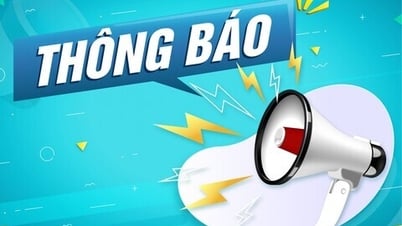





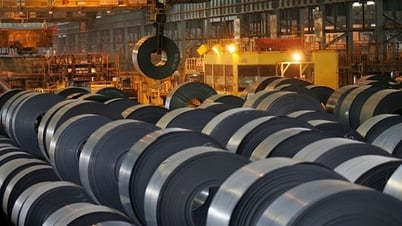




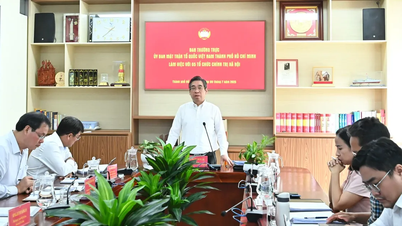
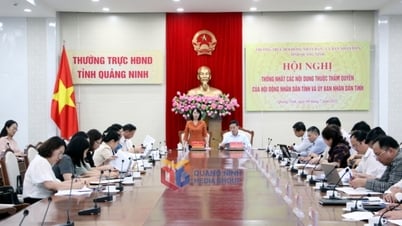

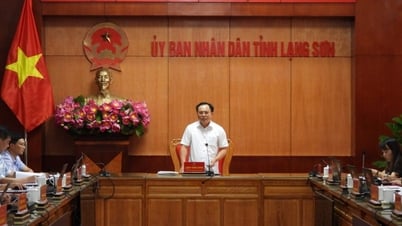
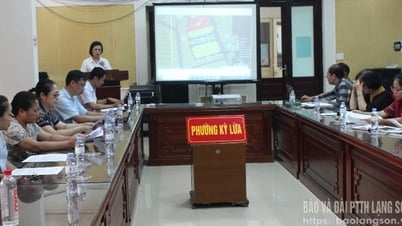











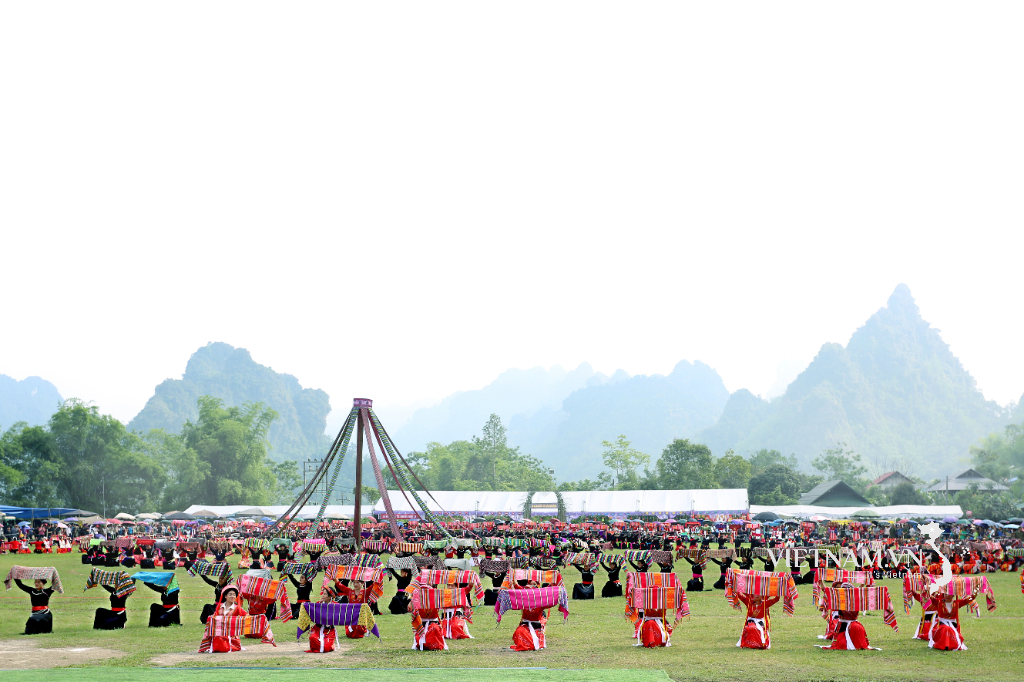
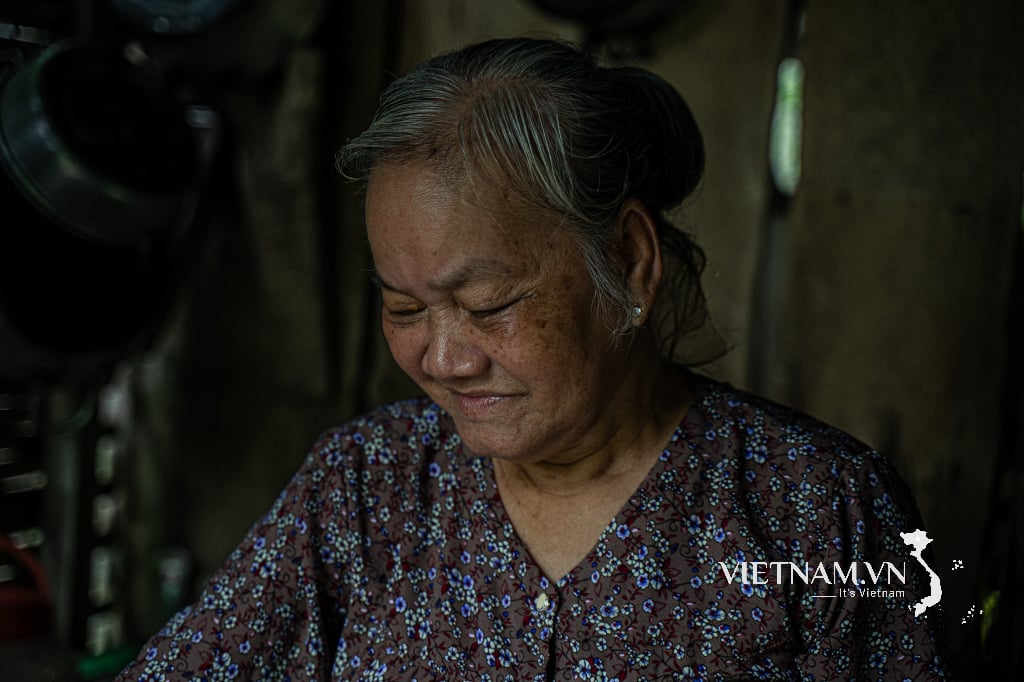
Comment (0)